Hard Costs: The readily quantifiable costs of a construction project that become part of the improvements made such as land, a building, inventory, systems, equipment, or machines. These hard costs contrast with less readily quantifiable costs such as accounting, banking, financing, architectural or legal costs and involve the actual physical construction of a development and could include grading, excavation of a site, the materials used, landscaping, and carpentry. Also see “Soft Costs.”
Hazardous Material(s): Means any hazardous or toxic substance, material, or waste which is or becomes regulated by any local governmental authority or the United States Government.
Highest and Best Use: The Appraisal Institute defines highest and best use as follows: “the reasonably probable and legal use of vacant land or an improved property that is physically possible, appropriately supported, financially feasible, and that results in the highest value. The four criteria the highest and best use must meet are legal permissibility, physical possibility, financial feasibility, and maximum productivity. Alternatively, the probable use of land or improved property – specific with respect to the user and timing of the use – that is adequately supported and results in the highest present value.”
Holdover (Tenant / Tenancy / Right(s) / Clause): When a tenant continues to occupy the premises beyond the term of the relevant lease. Example of a “Holdover Damages” Provision: “If the tenant holds over its possession after the expiration or earlier termination of the original term or any extended term, such holding over shall not be deemed to extend the term or renew the lease, but such holding over thereafter shall continue upon the covenants and conditions set forth in the lease, except that the charge for use and occupancy of such holding over for each calendar month or part thereof (even if such part shall be a small fraction of a calendar month) shall be the sum of 1/12 of the highest annual rent rate set forth in the lease, times 200% [to 300%], plus all other additional rent due under the lease.” Many landlords also add consequential damages language to their holdover clause.
Hours of Operation: The hours in which an entity conducts, or is required to conduct, its business operations. An entity’s hours of operation may vary depending on location, day of the week, as well as the type of business conducted.
HVAC Maintenance: A provision contained in a lease requiring a tenant to not only to repair, maintain, and replace (if necessary) the HVAC system or air conditioning unit servicing the premises, but to maintain a service contract as well on such system.
HVAC Major Components: (a) Compressors, evaporators, condenser fan motors, shafts and bearings, replacement of evaporator coils, and replacement of condenser coils; and (b) any required replacement, as reasonably determined by [tenant’s][landlord’s] air-conditioning engineer and/or air-conditioning service contractor, of the HVAC System, including, without limitation, such major parts and components.
HVAC (System): Acronym for heating, ventilation, and air conditioning system.

